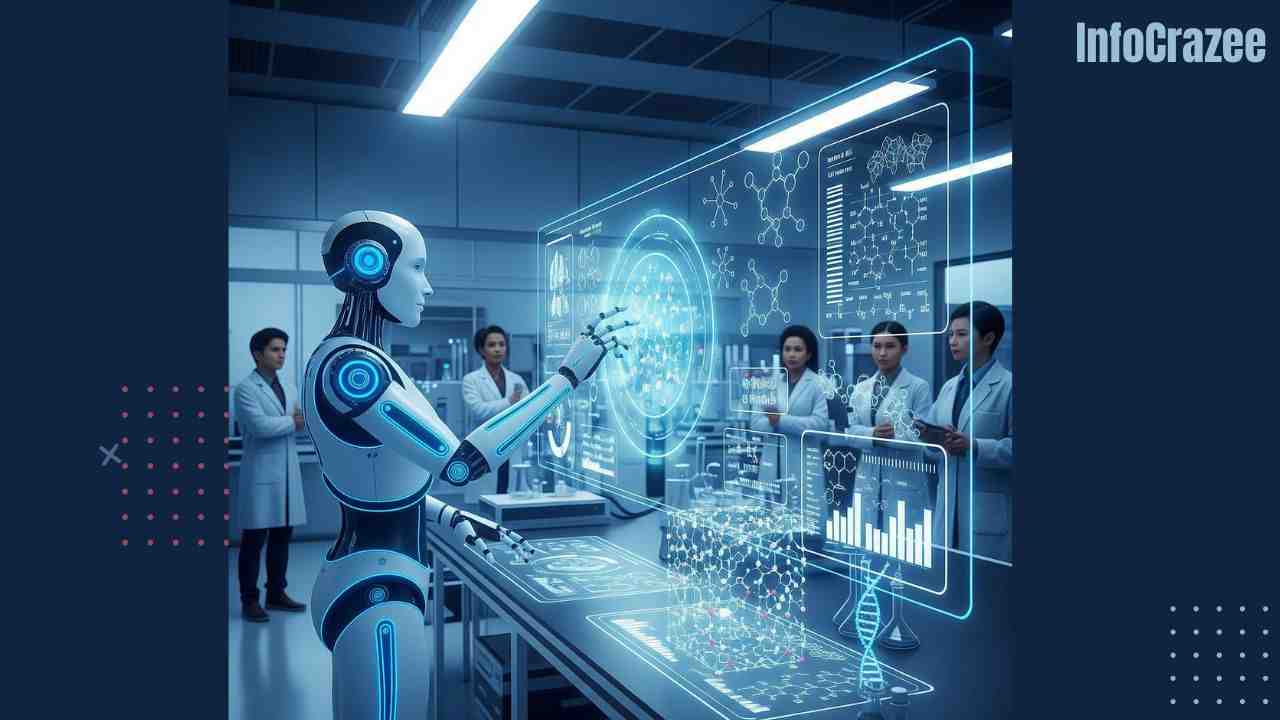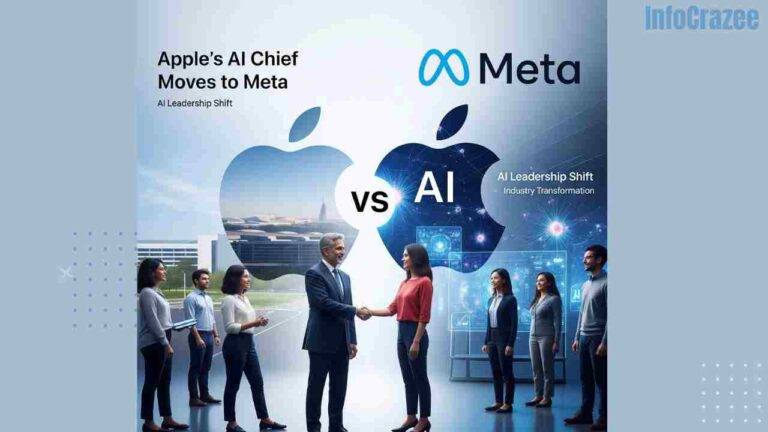Breakthrough in AI-Powered Drug Discovery Speeds Up New Medicine Development
A groundbreaking advancement in artificial intelligence is set to revolutionize the pharmaceutical industry, drastically reducing the time and cost of developing new medicines. Leading AI-driven drug discovery companies, such as Insilico Medicine and Isomorphic Labs, have announced significant progress in leveraging AI to accelerate the identification of novel drug targets and the design of new molecular compounds, potentially cutting development timelines from over a decade to just months.
Insilico Medicine, a pioneer in generative AI for drug discovery, recently secured $110 million in Series E funding to further its mission of transforming pharmaceutical research. The company’s advanced Pharma.AI platform, which integrates deep generative models and reinforcement learning, has already produced a portfolio of 30 drug candidates, with 10 receiving Investigational New Drug (IND) clearance. Notably, Insilico identified new drug targets and generated candidate molecules for diseases like idiopathic pulmonary fibrosis in just 18 months—a process that traditionally takes years. “AI is collapsing the cost and time of drug discovery, enabling us to bring life-saving treatments to patients faster,” said a spokesperson for Insilico Medicine.

Similarly, Isomorphic Labs, a Google DeepMind spin-off, raised $600 million to advance its AI-powered drug discovery efforts. Building on the Nobel Prize-winning AlphaFold technology, which predicts protein structures with unprecedented accuracy, Isomorphic aims to “solve all disease” by designing drug compounds that bind precisely to protein surfaces. “Our goal is to make biology computable and engineer medicine like never before,” said Demis Hassabis, co-founder of Isomorphic. The company’s recent funding will support the expansion of its AI models to explore biologics and accelerate clinical validation.
In France, startup Aqemia is using AI-backed physics tools to streamline molecular development for cancers of the head, neck, and chest. By combining AI with fundamental physics, Aqemia has partnered with pharmaceutical giants like Sanofi and Johnson & Johnson, reducing the trial-and-error phase of drug discovery. However, experts caution that while AI can expedite early-stage development, clinical trials, which average nine years, remain a bottleneck.
Another notable breakthrough comes from D-Wave Quantum Inc., which collaborated with Japan Tobacco to integrate quantum computing with AI, producing more “drug-like” molecular structures compared to classical AI methods. This hybrid approach highlights the potential of quantum computing to further enhance AI-driven drug discovery.
The impact of these advancements is already being felt. For instance, BenevolentAI used its AI platform to identify baricitinib as a potential COVID-19 treatment in just three days during the pandemic, showcasing the power of AI in drug repurposing. Additionally, Mount Sinai’s AI Small Molecule Drug Discovery Center is harnessing AI to explore vast chemical spaces, aiming to deliver breakthrough treatments for critical diseases.
Despite the promise, challenges remain. AI-generated molecules still require rigorous laboratory and human trials to prove safety and efficacy, a process that AI cannot yet simulate. “There are regulatory ‘traffic signs’ for a reason,” said Alex Zhavoronkov, CEO of Insilico Medicine, emphasizing the need for thorough validation.
Industry experts are optimistic about AI’s transformative potential. “We’re moving from sick care to curing diseases,” said Cathie Wood in a recent post on X, predicting that AI could shrink drug development timelines from 13 years to eight. As companies like Google, Microsoft, and startups like Lila Sciences continue to invest in AI-driven discovery, the dream of a new golden age of medicine—where diseases like cancer, Alzheimer’s, and rare disorders are tackled with unprecedented speed—is inching closer to reality.






